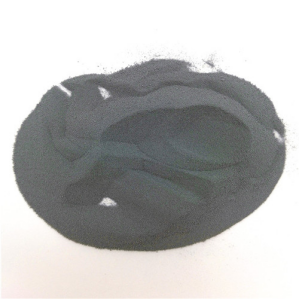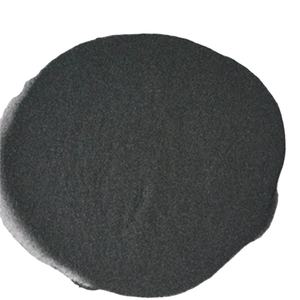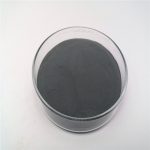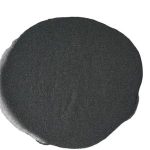Professional and high-quality metal alloys, ceramic products and concrete additives | RBOSCHCO
PRODUCT PARAMETERS
Description
Overview of Titanium Carbide TiC Powder
Titanium Carbide TiC Powder is a not natural non-metallic product created by the mix of titanium (Ti) and carbon (C) components. This powder is commonly utilized in numerous areas because of its superb physical and chemical buildings, such as high solidity, high stamina, excellent wear resistance, and chemical security. TiC powder has a metal radiance and a black or dark grey look, with a face focused cubic crystal framework. TiC powder has a firmness 2nd just to ruby and is a suitable wear-resistant product. On top of that, TiC powder likewise has great conductivity and thermal conductivity, making it extensively made use of in the fields of electronic devices and metallurgy. As an essential ceramic product additive, TiC powder can dramatically enhance the firmness, use resistance, and thermal shock resistance of porcelains. At the same time, TiC powder can additionally be utilized as a stimulant provider, electrode product, and so on. Titanium Carbide TiC Powder is a not natural non-metallic product with superb efficiency and broad application.
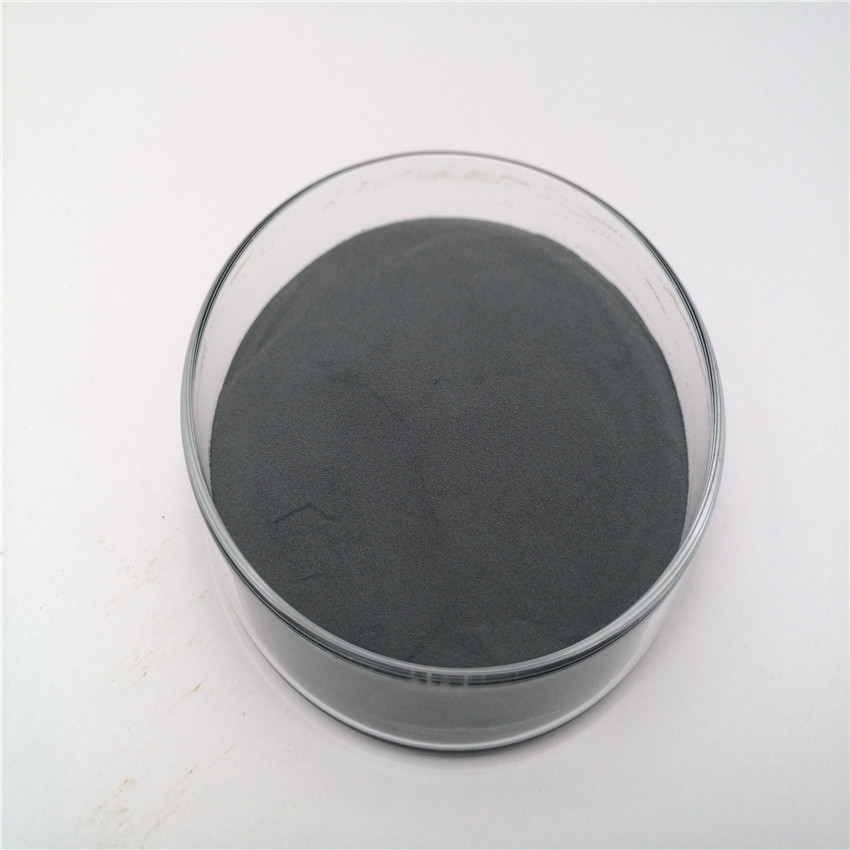
(Titanium Carbide TiC Powder CAS 12070-08-5)
Features of Titanium Carbide TiC Powder
High hardness and strength: TiC powder has extremely high hardness, second only to diamond, demonstrating excellent wear resistance.
Good chemical stability: TiC powder can maintain its stability in various chemical environments and is not easily corroded.
Excellent conductivity and thermal conductivity: TiC powder has excellent conductivity and thermal conductivity, making it widely used in the fields of electronics and metallurgy.
Metallic luster and dark gray appearance: TiC powder presents a metallic luster and dark gray appearance, with a good visual effect. Unique crystal structure: The crystal structure of TiC powder is face centered cubic, endowing it with unique physical and chemical properties.
Advantages of TiC powder as a ceramic additive: As an additive to ceramic materials, TiC powder can significantly improve the hardness, wear resistance, and thermal shock resistance of ceramics.
Parameter table of Manganese carbide
| Titanium Carbide Properties | |
| Other Names | titanium(IV) carbide, TiC powder |
| CAS No. | 12070-08-5 |
| Compound Formula | TiC |
| Molecular Weight | 40.1 |
| Appearance | Black Powder |
| Melting Point | 3160 °C |
| Boiling Point | 4820 °C |
| Density | 4.93 g/cm3 |
| Solubility in H2O | N/A |
| Exact Mass | 59.947946 |
| Titanium Carbide Health & Safety Information | |
| Signal Word | N/A |
| Hazard Statements | N/A |
| Hazard Codes | N/A |
| Risk Codes | N/A |
| Safety Statements | N/A |
| Transport Information | N/A |
Application of Titanium Carbide TiC Powder
Hard alloy manufacturing: TiC powder is an important raw material for manufacturing hard alloys, used in the production of wear-resistant tools such as cutting tools and molds.
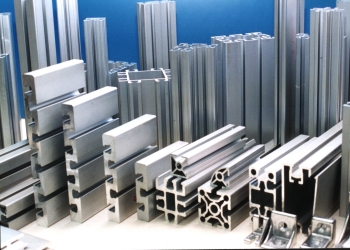
Application of Titanium Carbide TiC Powder
Ceramic material enhancement: As an additive to ceramic materials, TiC powder can improve the hardness and wear resistance of ceramics, and enhance the service life of ceramic materials.
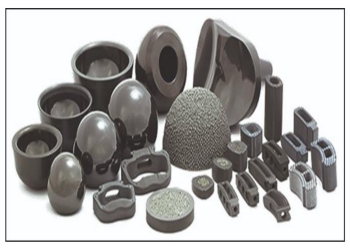
Application of Titanium Carbide TiC Powder
Catalyst carrier: TiC powder can be used as a catalyst carrier to improve catalytic efficiency due to its high specific surface area and good chemical stability.
Electrode material: Due to its good conductivity, TiC powder can be used to manufacture certain special electrodes, such as electrolytic cell electrodes.
Aerospace field: TiC powder has potential application value in high-temperature component manufacturing in the aerospace field due to its high melting point and high strength.

Application of Titanium Carbide TiC Powder
Coating material: TiC powder can be used to prepare wear-resistant and corrosion-resistant coating materials, improving the wear resistance and service life of the substrate.
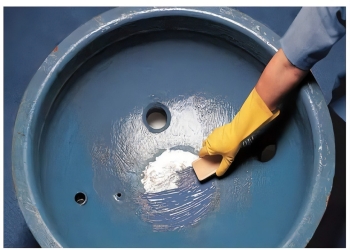
Application of Titanium Carbide TiC Powder

Production Method of Manganese carbide
Manganese carbide is produced by mixing manganese and carbon sources and heating them to a high temperature. One standard method is to mix manganese oxide with a binder and carbon, shape it into pellets, and bake it in an atmosphere containing hydrogen, methane, carbon monoxide, and nitrogen at temperatures ranging from 1100°C to 1300°C. Another method is to melt metal manganese and graphite in an induction furnace at temperatures up to 1500°C to form manganese carbide alloy blocks, which are then crushed into powder.
Company Profile
RBOSCHCO is a trusted global chemical material supplier & manufacturer with over 12-year-experience in providing super high-quality chemicals and nanomaterials, including boride powder, nitride powder, graphite powder, sulfide powder, 3D printing powder, etc.
The company has a professional technical department and Quality Supervision Department, a well-equipped laboratory, and equipped with advanced testing equipment and after-sales customer service center.
If you are looking for high-quality Titanium Carbide TiC Powder, please feel free to contact us or click on the needed products to send an inquiry.
Storage Condition of Manganese carbide
- Environment: Store in a cool, dry, and well-ventilated area.
- Temperature: Keep the temperature below 30°C to prevent thermal decomposition.
- Container: Use a tightly sealed container to prevent exposure to air and moisture.
- Separation: Store separately from oxidants, acids, bases, and other chemicals to avoid potential chemical reactions.
- Safety Measures: Equip the storage area with explosion-proof lighting and ventilation facilities. Prohibit the use of machinery and tools that may produce sparks. Prepare emergency response equipment for leaks.
Payment Term
L/C, T/T, Western Union, Paypal, Credit Card etc.

Shipment Term
By sea, by air, by express, as customers request.
5 FAQs of Titanium Carbide
Q1
What are the preparation methods for Titanium Carbide TiC Powder?
Answer: The preparation methods of Titanium Carbide TiC Powder include carbon thermal reduction, vapor deposition, mechanical alloying, etc. Among them, the carbon thermal reduction method is the most commonly used method, which obtains TiC powder by reacting carbon with titanium oxides at high temperatures.
Q2
What factors are related to the hardness of TiC powder?
Answer: The hardness of TiC powder is closely related to its crystal structure, interatomic bonding strength, and preparation process. The stability of crystal structure and the strength of interatomic bonding can both affect the hardness of TiC powder.
Q3
What are the potential applications of TiC powder in the aerospace field?
Answer: In the aerospace field, TiC powder has potential application value due to its high melting point, high strength, and good chemical stability. It can be used to manufacture high-temperature components, such as engine combustion chambers, thermal protection systems, etc., to withstand extreme working conditions.
Q4
What are the characteristics of the application of TiC powder in catalyst carriers?
Answer: TiC powder as a catalyst carrier has high specific surface area and good chemical stability. It can provide abundant active sites to promote the contact and reaction between the catalyst and reactants. Meanwhile, its stable chemical properties also ensure that the catalyst remains active during long-term use.
Q5
How to control the particle size during the preparation of TiC powder?
Answer: In the process of preparing TiC powder, the particle size of TiC powder can be controlled by controlling factors such as raw material particle size, reaction temperature, and reaction time. In addition, subsequent processing techniques such as ball milling and sieving can be used to further adjust and optimize the particle size distribution of TiC powder.
REQUEST A QUOTE
RELATED PRODUCTS
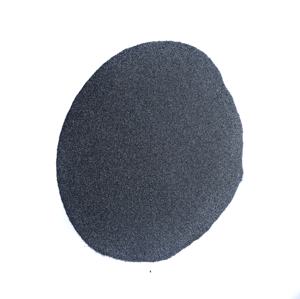
HRTI Titanium Carbonitride TiCN TiC/TiN Carbon Titanium Nitride Carbide Powder
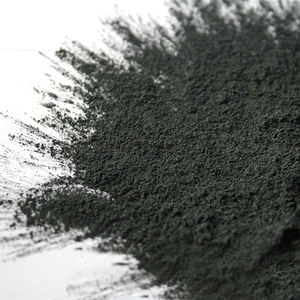
china manufactured wear Resistant Chrome Carbide Chromium Carbide Steel Plate
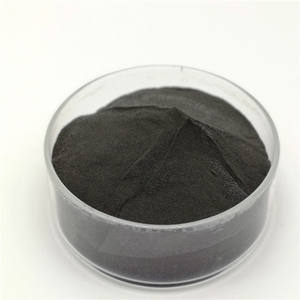
High Purity Boron Carbided Nano Powder B4c Powder Boron
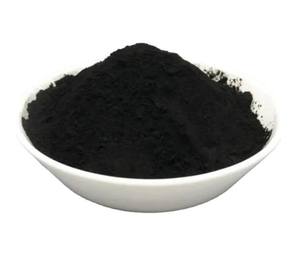
Niobium Carbide NbC Powder CAS 12069-94-2
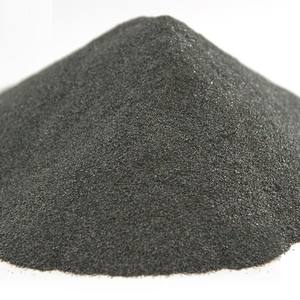
Molybdenum Carbide Powder CAS 12627-57-5 Mo2C Powder Price
